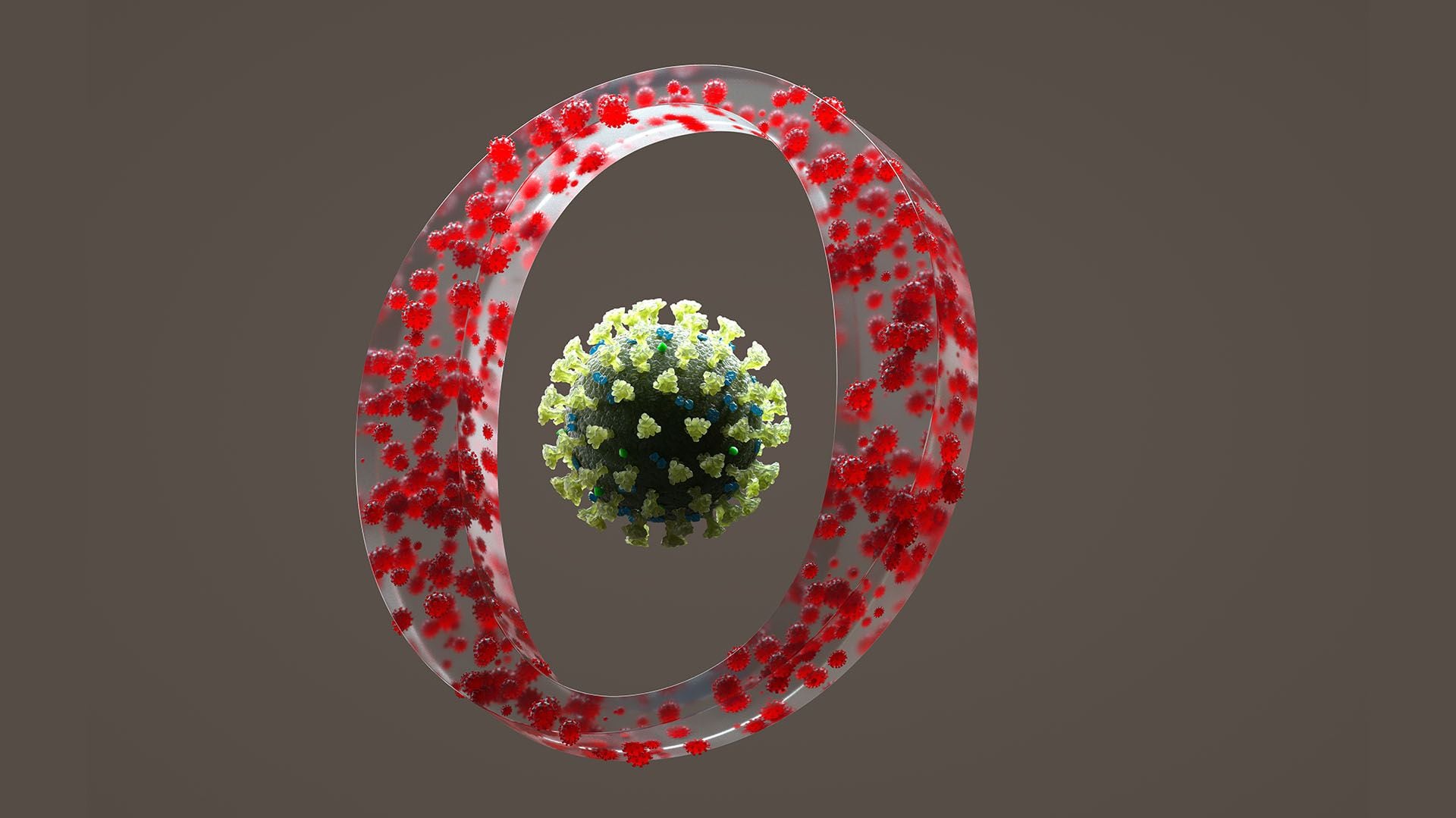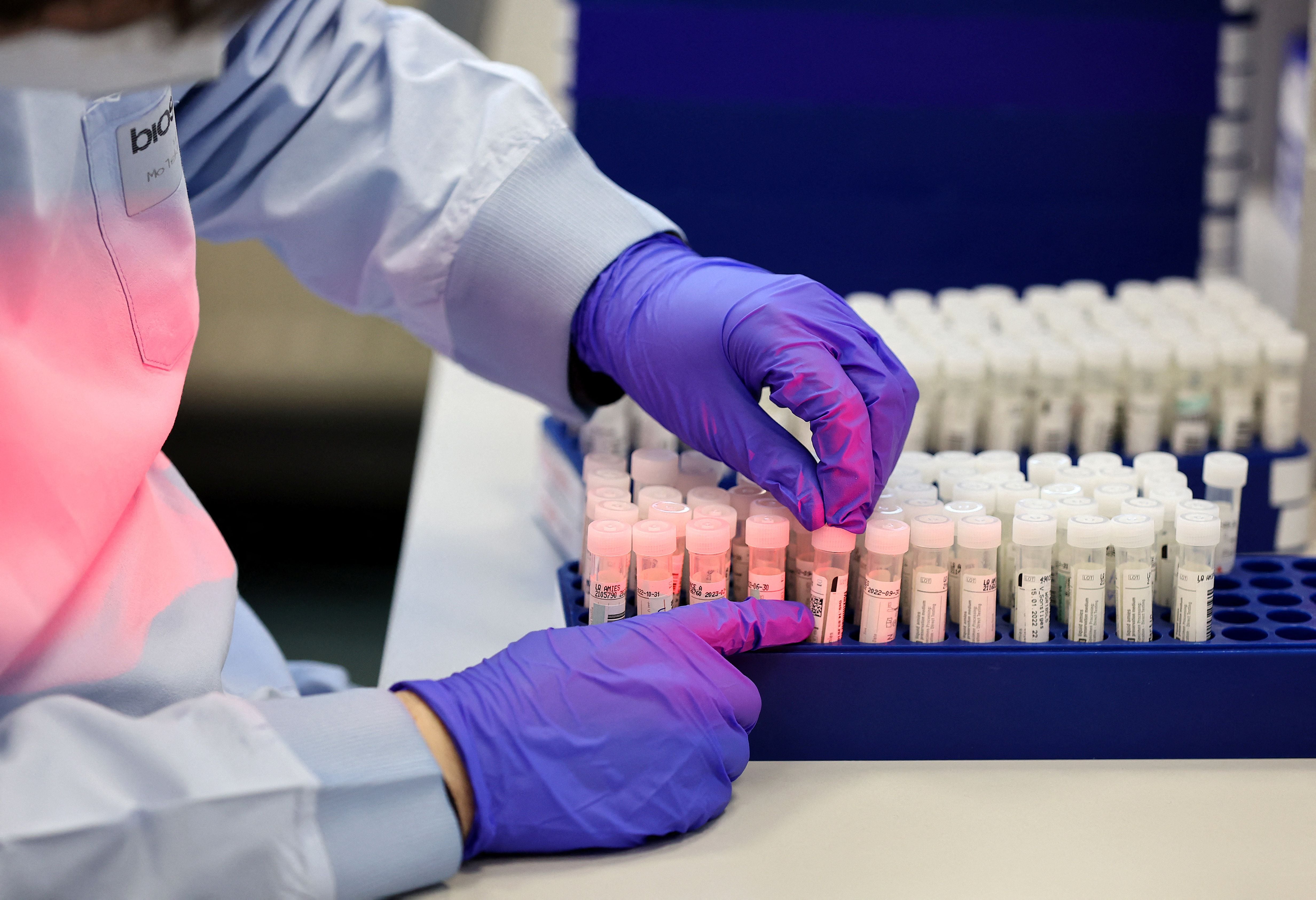
Since the discovery of the Omicron variant of SARS-CoV-2, specialists insist that, apparently, it would be less harmful than the previous ones in relation to the severity of the disease it causes, hospitalizations and deaths.
It is on this argument that the health authorities of most countries base the lifting of restrictions almost everywhere in the world, as well as the reduction of the isolation times of infected people.
However, in light of what was stated by an expert in Virology at a special meeting on COVID-19 of the European Congress of Clinical Microbiology and Infectious Diseases (ECCMID 2022), everything indicates that the evidence obtained so far from studies using the cultivable virus as a marker of infectivity shows that the infectivity period of the Omicron variant is not convincingly shorter than that of other variants (from about two days before symptoms appear until seven days later).
“The decisions being made by countries around the world to shorten the period of isolation for Omicron infections are based in part on the evidence obtained from modeling, but they also take into account the fact that Ómicron is causing less serious illness, and fewer hospitalizations and deaths. It is a way to return to something similar to normal life and accept the transmission of this less dangerous OMICRON variant,” said virologist Marjolein Irwin-Knoester, from the University Medical Center of Groningen, in the Netherlands.
He added: “From the evidence obtained so far, I am not convinced that a person can be infectious for a shorter period of time with Ómicron than with the previous variants.”

At a recent time and with the epidemiological situation constantly evolving, periods of isolation ranged from four days (in Norway or Denmark) to five days (Netherlands, United Kingdom with antigen tests to confirm negative COVID), to seven days (Belgium, Spain, people vaccinated in France) and up to ten days (recommendation of the World Health Organization, Germany, people not vaccinated in France, general recommendation of the United Kingdom), as published by Infosalus.
In addition, legal requirements for isolation have also changed in some jurisdictions, such as in the United Kingdom, there is no longer a legal requirement for self-isolation with COVID-19 and is now only a recommendation.
Dr. Irwin-Knoester acknowledged, meanwhile, that there are circumstances in which a person must prolong their isolation beyond the time recommended by their country or by international guidelines, specifically if they continue to have airway symptoms such as coughing and sneezing (but not symptoms such as tiredness or loss of smell).
For people with these ongoing airway symptoms, isolation usually lasts up to 10-14 days (provided they do not have severe symptoms and are immunocompetent). In the case of people with severe illness, the active virus may remain longer, so in hospital settings the rules are usually stricter.
On the other hand, although there are some indications that vaccination decreases the time of elimination of the infectious virus, the evidence on this issue is contradictory. In the case of Ómicron, the beneficial effect of vaccination in reducing infectivity is likely to be less, most likely because none of the available emergency approved vaccines were designed to combat this variant.

In the case of immunocompromised hosts, especially transplant recipients and haematological patients, the elimination of the infectious virus may continue for months. But this will not happen in all those patients, according to what has been seen so far.
In healthcare settings, a longer time from the onset of symptoms is used to isolate immunocompromised patients (e.g. 14 to 21 days) and in some health centers, such as the University Medical Centre in Groningen, where Dr. Irwin-Knoester works, medical teams use the Ct value (the viral load calculated at based on PCR tests) to estimate the contagiousness of immunocompromised persons.
In his experience, Irwin-Knoester argued that for infections caused by the Omicron variant, a maximum of seven days of isolation (subject to the above exceptions) should be safe in almost all cases of infection. However, he also believes that five days represent an acceptable balance between the infectivity of the virus and what most communities are willing to accept for what is coming, after two years of restrictions.
For the expert, the only thing that could bring things back to zero at this point is the emergence of a new variant, especially one that causes a more serious disease and/or that can avoid the immunity generated by vaccines. This is what specialists call “vaccine-breaking variant”: “If a new variant is discovered that is seriously ill, I would recommend returning to longer periods of isolation, with at least seven days,” concluded Irwin-Knoester.
KEEP READING
Últimas Noticias
Debanhi Escobar: they secured the motel where she was found lifeless in a cistern
Members of the Specialized Prosecutor's Office in Nuevo León secured the Nueva Castilla Motel as part of the investigations into the case

The oldest person in the world died at the age of 119
Kane Tanaka lived in Japan. She was born six months earlier than George Orwell, the same year that the Wright brothers first flew, and Marie Curie became the first woman to win a Nobel Prize

Macabre find in CDMX: they left a body bagged and tied in a taxi
The body was left in the back seats of the car. It was covered with black bags and tied with industrial tape
The eagles of America will face Manchester City in a duel of legends. Here are the details
The top Mexican football champion will play a match with Pep Guardiola's squad in the Lone Star Cup

Why is it good to bring dogs out to know the world when they are puppies
A so-called protection against the spread of diseases threatens the integral development of dogs




